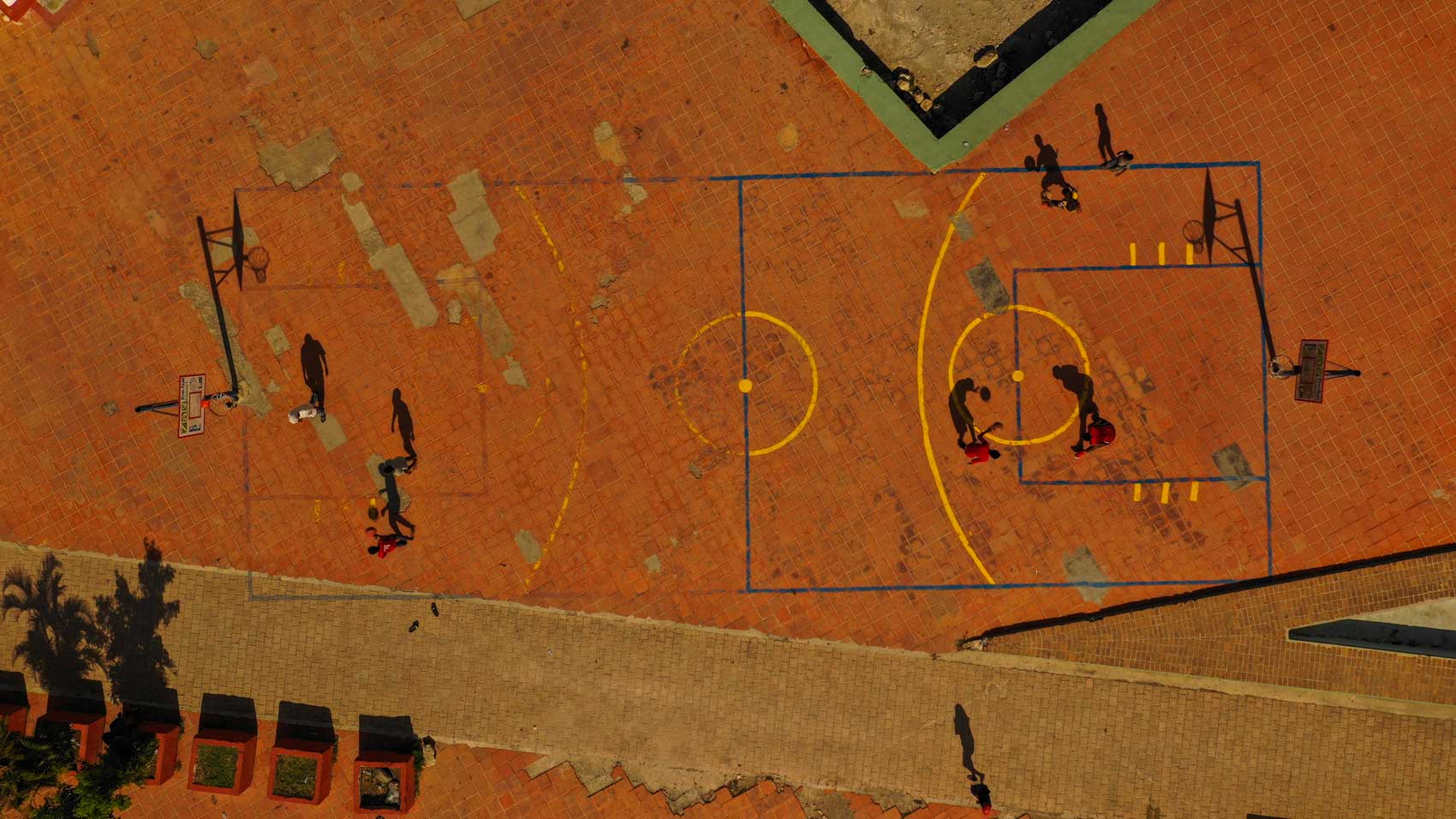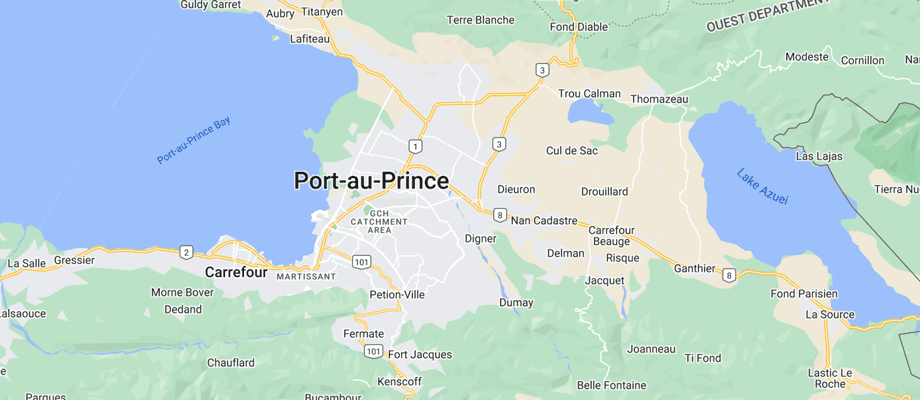FAQ
Questions, concerns or doubts? We’re here to put your mind at ease. When’s the cheapest time to fly? Do I need a visa? How much should I tip? Should I have paté or spaghetti for breakfast? This is where we answer your most frequently asked questions.

Photo: Mikkel Ulriksen
Frequently Asked Questions
Most local Haitians prefer to stay on the safe side by drinking bottled water. If you’re on the move, you can purchase smaller bottles of water from supermarkets and kiosks.
If you are staying with a host or in an Airbnb, your best bet is to buy a refillable 5-gallon bottle of water. Supermarkets in Port-au-Prince and throughout the country sell treated water refills at a very affordable price. In many neighborhoods, you’ll also find water refill stations where you can refill your 5-gallon bottles for a few bucks. You won’t find them on Google Maps, but you can ask around for the nearest “Station d’eau.”
Bottled water is cheap in the cities but not always available in small towns and on the road, so stock up before you venture out.
Haiti is home to stunning beaches, a unique Creole language and cuisine, a proud heritage of hard-won freedom and independence, and inspiring historical attractions.
It’s also the Caribbean’s premier art scene, with an abundance of galleries and artist-owned initiatives showcasing distinctive Haitian styles. You’ll find thriving artist colonies in Jacmel, Grand Rue in Port-au-Prince, and Noailles in Croix-des-Bouquets.
One of the best things about Haiti as a travel destination is its relative freedom from the juggernaut five-star resorts that dominate other Caribbean destinations. In Haiti, you can ditch the noisy crowds and find much more down-to-earth experiences of beachside paradise.
Yes, you can fly a drone in Haiti, but there are a few things to keep in mind. Firstly, it’s important to respect privacy and avoid flying over private property without permission. Also, be cautious around crowded areas and avoid flying near airports and government buildings.
However, if you’re visiting Labadee via cruise ship, please note that the cruise line currently does not allow any usage of drones at Labadee beach.
Traveling to Haiti requires careful planning and awareness of the current situation. While the capital, Port-au-Prince, can be challenging due to safety concerns, other cities like Jacmel and Cap-Haïtien are generally safer for visitors. We strongly recommed that you work with a local tour operator who knows the area well and can provide you with up-to-date information and guidance.
Haiti is not a destination where you can travel spontaneously without preparation. Proper planning and local expertise are crucial for a safe and enjoyable visit. Make sure you stay informed about current travel advisories and follow safety recommendations.
In the heart of the Caribbean, Haiti is warm all year round – around 80-90 degrees Fahrenheit. Select a wardrobe that will be comfortable in warm weather, and able to keep you cool if you plan on going on hikes and other adventures.
Haitians like to dress smartly, so pack something a little fancy for restaurants and events. If you’ll be here in time for Carnival, that’s a whole different story!
To enjoy a smooth-sailing Caribbean escape, check out our packing essentials guide.
Americans, Canadians and most Europeans can visit Haiti without a visa at all, as long as you plan to stay for less than three months. You can find the full list here.
After three months, you’ll need to regularize your status. If you are planning to stay in Haiti for a long stretch of time, make sure that you keep this in mind and book your travel arrangements accordingly.
Yes, there is WiFi available in many parts of Haiti, particularly in hotels, restaurants, and cafes in larger cities like Port-au-Prince, Jacmel, and Cap-Haïtien. Some rural areas may have limited or no access to WiFi, so it’s best to check with your accommodation in advance.
You can buy a SIM card for less than USD$5, then add internet data for less than USD$20, allowing you to use Google maps and other handy apps when outside of wireless range.
Contact


